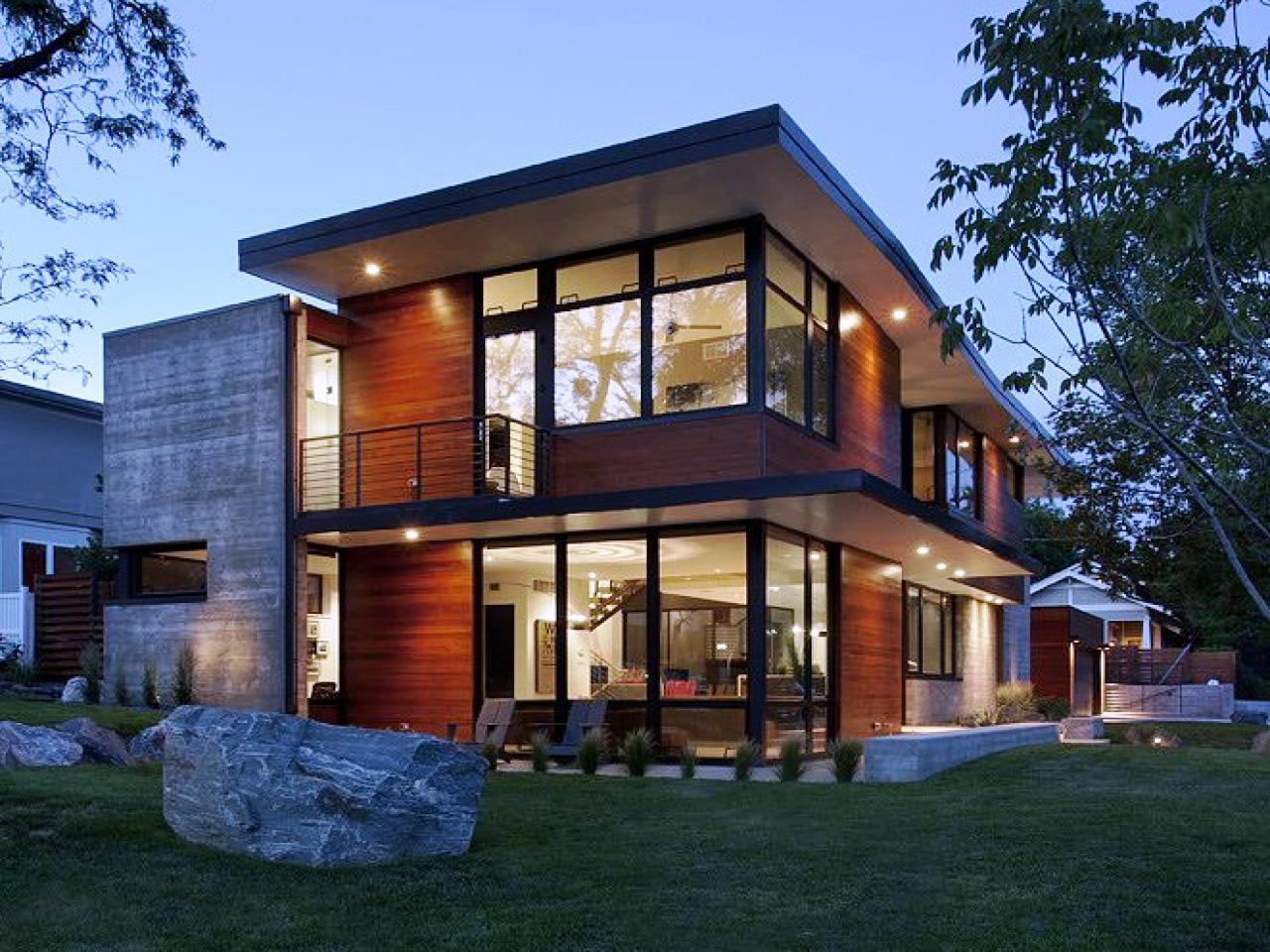Attention, home enthusiasts! Dive into the world of industrial house design, where rugged charm meets sleek modernity. Think exposed brick walls, reclaimed wood, and metallic accents. This style has evolved from repurposed factories into stylish new builds and conversions. Get ready to design your own industrial masterpiece, embracing exposed elements, muted colors, and repurposed materials. Whether you’re renovating or starting from scratch, this guide will inspire you to create a space that’s both captivating and functional.
Where Rough Edges Meet Modern Living
Imagine stepping into a home that feels like a cool downtown loft, with exposed brick walls and big factory windows. That’s the magic of industrial house design – it takes the raw, unfinished look of old factories and warehouses and turns it into something stylish and surprisingly comfortable.
Defining Industrial Design
What exactly gives a house that industrial feel? It all comes down to embracing the raw and functional elements of industrial spaces:
- Functionality First: Everything serves a purpose, reflecting a “less is more” approach to decorating
- Back to Basics Palette: A neutral color scheme of grays, blacks, and whites allows textures and materials to take center stage.
- Let There Be Light: Large, industrial-style lighting, often with exposed bulbs or wiring, creates a warm, inviting glow.
Industrial Vibes: Inside and Out
From the exterior to the interior, industrial design celebrates a building’s history and structure.
Outside:
- Architectural Showcase: Minimal landscaping allows the building’s unique architecture to speak for itself.
- Windows That Wow: Large, factory-style windows bathe the space in natural light, enhancing the industrial aesthetic.
Inside:
- Open and Airy: High ceilings and open floor plans create a spacious, loft-like feel that encourages a natural flow.
- Embracing the Unfinished: Exposed ductwork, pipes, and beams become design features, adding character and a touch of history.
- Floors That Make a Statement: Durable materials like polished concrete or reclaimed wood add both visual interest and a sense of history.
- Metallics Reign Supreme: Whether in furniture, lighting, or decorative accents, metal provides that essential industrial edge.
Creating a Homey Feel
Industrial style doesn’t have to be cold or stark. By incorporating the right elements, you can create a space that’s both stylish and inviting:
- Mix Old and New: Vintage finds and modern pieces complement each other beautifully, adding layers of interest.
- Materials Matter: Opt for furniture made from leather, wood, and metal, and incorporate natural fabrics like linen and cotton for a touch of softness.
- Art with Personality: Vintage signs, metal sculptures, or industrial-inspired artwork inject personality and a sense of history.
Sustainable Style
Industrial design and sustainability go hand in hand. Here’s why:
- Giving Materials a Second Life: Using reclaimed wood, exposed brick, and existing metal elements reduces the demand for new resources.
- Built to Last: Industrial-style pieces are often crafted from durable materials designed to stand the test of time.
The Evolution of Industrial Cool
The industrial aesthetic has come a long way since its emergence in the early 1900s. As architects and designers continue to find innovative ways to blend classic elements with modern materials and technology, it’s safe to say that industrial style is here to stay.
What is an industrial house?
Imagine a former factory, maybe with a few of its original signs still intact, transformed into a home. That’s peak industrial! But you don’t need to live in a converted factory to get the look. Industrial house design takes the raw, rugged elements of industrial spaces and transforms them into stylish and surprisingly comfortable homes.
It’s about appreciating the beauty of raw, honest materials—think exposed brick walls, steel beams, weathered wood floors, and sleek metal accents. It’s also about open space—high ceilings, large windows, and open floor plans that flow seamlessly from one area to the next.
Industrial design is incredibly diverse! Some people gravitate towards a more rustic, “industrial farmhouse” feel, while others prefer a sleeker, more modern interpretation.
Here’s a quick breakdown of what makes an industrial house unique:
| Feature | Description |
|---|---|
| Raw Materials | Reclaimed wood, exposed brick, concrete, and weathered metals are key players here. |
| Structural Honesty | Exposed beams, pipes, and ductwork aren’t concealed – they’re part of the charm! |
| Functionality First | Everything has a purpose, keeping the space clutter-free and efficient. |
| Neutral Colors | Think blacks, whites, grays, browns, and earthy tones to let textures shine. |
| Open Spaces | High ceilings, large windows, and open floor plans create an airy atmosphere. |
| Variations | Industrial farmhouse, urban industrial, modern industrial…the options are many! |
So, if you’re drawn to spaces with a bit of history, a love for raw materials, and a no-frills aesthetic, an industrial house might just be your dream home.
What is industrial design style?
Okay, picture this: you’re stepping into a cool, loft-style apartment. Exposed brick walls, ductwork artfully integrated into the ceiling, and furniture that looks like it could have been pulled straight from a workshop. That, my friends, is industrial design style.
It’s all about embracing the raw, unpolished beauty of old factories and warehouses. Instead of hiding the pipes, beams, and brickwork, industrial design celebrates them, making them striking design features.
So, what exactly screams “industrial” when it comes to a space?
Here are a few telltale signs:
-
Materials that look like they’ve lived a little (in a good way!): Weathered metals, exposed brick, concrete, and reclaimed wood—these materials have a story to tell, and their imperfections add to their character.
-
Structural elements are the stars of the show: Instead of hiding pipes, beams, and ductwork, industrial design turns them into eye-catching design features.
-
Open and airy vibes: Think high ceilings, expansive windows, and open floor plans, creating that spacious and free-flowing feel often found in factory settings.
-
Colors that let the textures shine: A neutral color palette of blacks, whites, grays, and earthy tones creates a calm backdrop that allows the beauty of the materials to take center stage.
Here’s the thing about industrial design — it’s not a one-size-fits-all style. Over time, it’s evolved into some pretty cool sub-styles, each with its own unique twist:
| Sub-Style | Description |
|---|---|
| Industrial Farmhouse | Imagine a cozy farmhouse kitchen with exposed beams and a big, farmhouse sink, but with industrial touches like metal accents and factory-style lighting. |
| Urban Industrial | This style takes industrial aesthetics a bit further, incorporating edgy elements like salvaged materials, graffiti art, and eclectic furnishings. It’s all about that converted warehouse loft vibe. |
| Modern Industrial | This is a more refined take on industrial design, embracing raw materials and open spaces but pairing them with sleek, contemporary furniture and minimalist decor for a more polished look. |
Bottom line: Industrial design isn’t just about exposed brick and metal accents; it’s a philosophy that appreciates the beauty of raw materials, celebrates history, and creates a look that’s both stylish and functional.
What is Modern Industrial House Design?
Imagine a space that feels both raw and refined—like a cool downtown loft, but way more livable. That’s the essence of modern industrial house design. We’re talking about exposed brick walls that whisper stories of the building’s past, paired with comfortable sofas you just want to sink into. Big, beautiful windows fill the room with natural light, creating an airy and open ambiance.
Modern industrial design is all about open, flowing spaces—perfect for spending time with loved ones. Natural materials like wood and leather add warmth and texture, while metal accents—perhaps some cool light fixtures or furniture legs—provide that industrial edge.
And here’s the exciting part: this style isn’t stuck in the past. Modern industrial design is constantly evolving and embraces sustainable materials, smart home technology, and those personal touches that transform a house into a home.
Here’s a quick rundown:
- Factory turned fabulous: Modern industrial design embraces the beauty of raw materials and simple designs.
- Warmth and character: The use of warm woods, cozy textiles, and pops of color creates a surprisingly inviting atmosphere.
- A chameleon of style: Modern industrial design is incredibly versatile and can be dressed up or down to suit your individual taste.
So, if you’re drawn to spaces that are a little bit edgy, a little bit homey, and a whole lot cool, modern industrial design might be the perfect fit.
Discover how the groundbreaking principles of industrial design Bauhaus revolutionized the world of design and continue to shape modern aesthetics.
Key Points of Industrial House Design:
- Functional and Unassuming: Prioritizes function over ornamentation, with clean lines and minimal decor.
- Raw Materials Featured: Exposes elements like brick, concrete, and metal pipes, celebrating the building’s history.
- Neutral Color Palette: Typically uses shades of gray, black, and white, with pops of color from furniture or art.
- Ample Lighting: Employs large, industrial-style pendant lights and exposed wiring for a warm and inviting glow.
- Exterior Highlight: Showcases the building’s architecture with minimal landscaping and large, factory-style windows.
- Spacious and Airy: Features high ceilings and open floor plans, creating a loft-like atmosphere.
- Embraces the Unfinished: Accepts exposed ductwork and pipes as design elements, telling the story of the building’s past.
- Durable Flooring: Uses polished concrete or reclaimed wood for a durable and characterful look.
- Metallic Accents: Incorporates metal in furniture, lighting, and accents for an industrial edge.
- Sustainable and Stylish: Emphasizes repurposing and durability, promoting sustainability.
- Evolving Trend: The industrial look is constantly evolving, blending classic elements with modern materials and technology.
What is an industrial house? – industrial house
- Annapolis Mall Map & Directory: Find Stores, Restaurants & More - March 29, 2025
- Angel of Harmony Statue Vandalized at St. Louis Cathedral Basilica - March 29, 2025
- Amur River Maple ( Acer ginnala): A Comprehensive Guide (Including Invasiveness) - March 29, 2025










